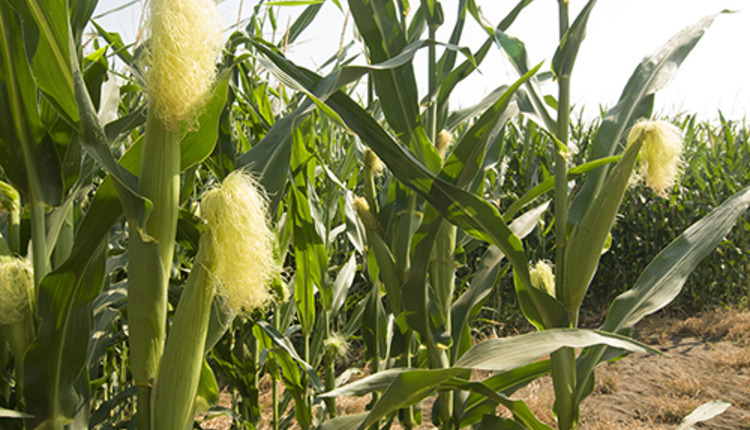
Since dipping to $3.52 per bushel on March 31, corn futures at the Chicago Board of Trade (CBOT) have been on a tear, thanks to drought in Brazil (the world's number two corn producer), floods in Argentina, falling global corn supplies, surging U.S. exports, and a worrisome dry spell in the Midwest.
(Dinner table trivia material: The all-time high CBOT corn closing price was $8.49; the all-time low was 22.9 cents.)
Corn prices have been spending quite a bit of time above $4.30 lately, which amounts to a 22 percent increase in less than three months. Soybeans recently set a two-year high of $12.08 and wheat an 18-month high of $5.19.
Back in April, AgResource predicted 2016 lows of $2.80 for corn, $7.60 for soybeans, and $4 for wheat - a reminder of how quickly things can change in agriculture.
Bad weather elsewhere in the world that brings higher prices at home are good for corn farmers and those who grow other grains, but this is bad for dairy producers, who have seen milk-to-feed margins drop five months in a row through April. May could make it six in a row when the official number is announced for the Margin Protection Program for Dairy Producers (MPP-Dairy).
But June's margin number will be very interesting to see, because corn problems have also made commodity markets worry about milk supplies. Simply put, Class III milk futures have been going absolutely nuts at the Chicago Mercantile Exchange since May 19.
On that date, June, July, and August futures prices closed at $12.30, $12.80, and $13.57 per hundredweight, respectively. A week ago today, they closed at $13.31, $15.29, and $16.08, respectively. Those are huge increases in a very short amount of time. And during the run-up, rarely seen Class III daily limit-ups happened two times (June 9 and 13) in just three trading days.








